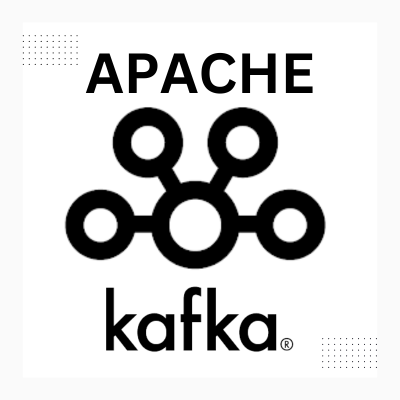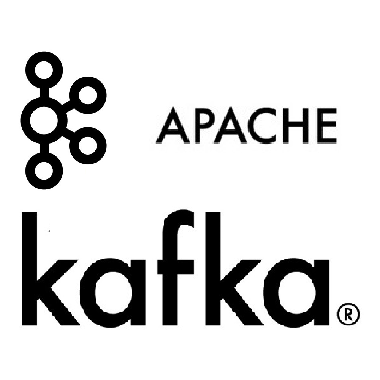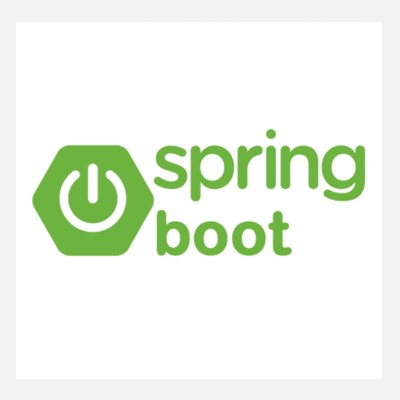We assume that you already have understood the basics of Kafka, we will move to the advance topics.
Prerequisite: If you are new to Apache Kafka, it would be advisable for you to first complete Self-paced Apache Kafka Basic course.
Do you want to join live class instead and learn Apache Kafka directly from an expert trainer? Register for upcoming Apache Kafka Advance live boot-camp and up skill your understanding & knowledge about Apache Kafka.
Hurry, limited seats available every month.













No Comments